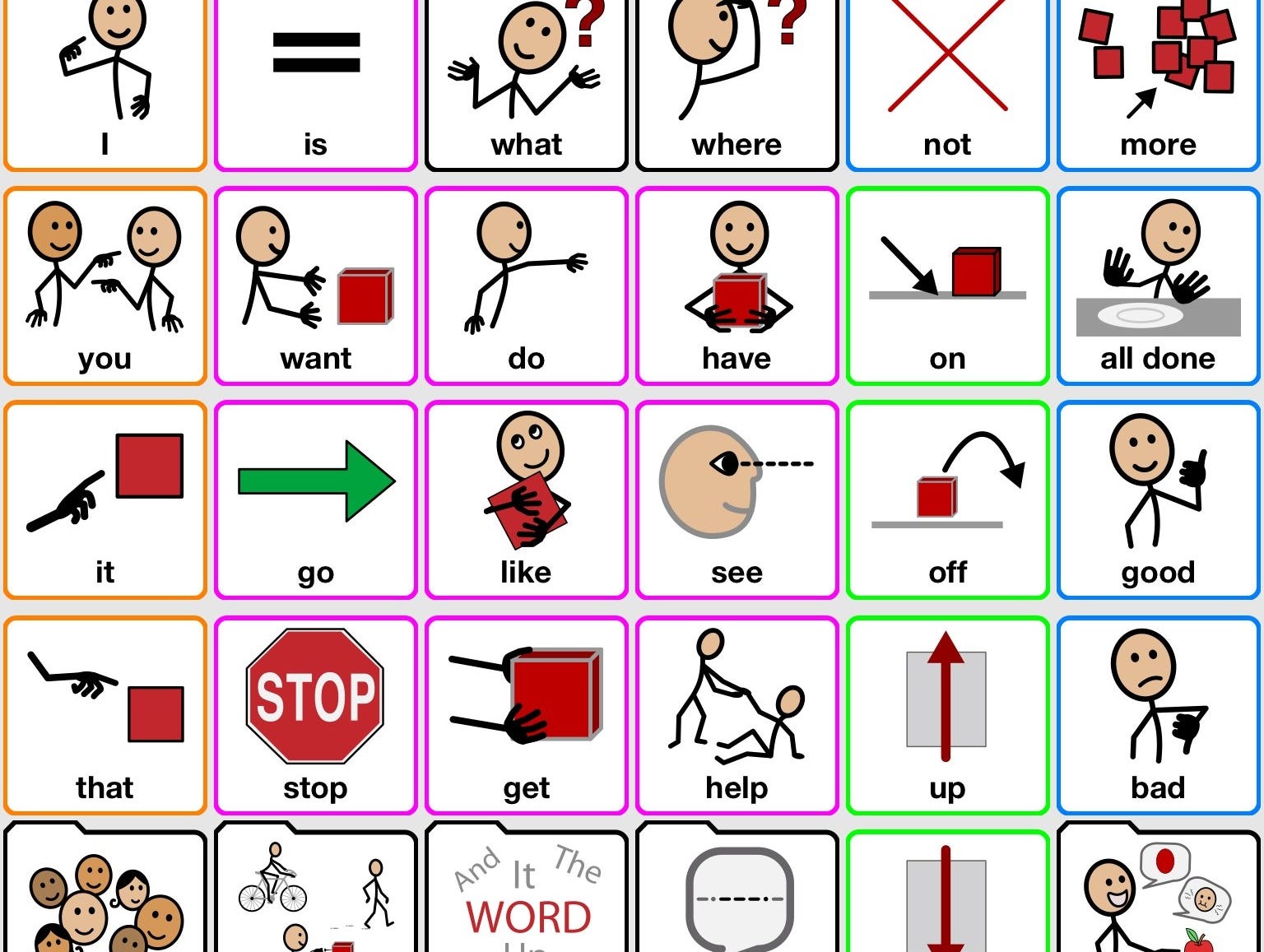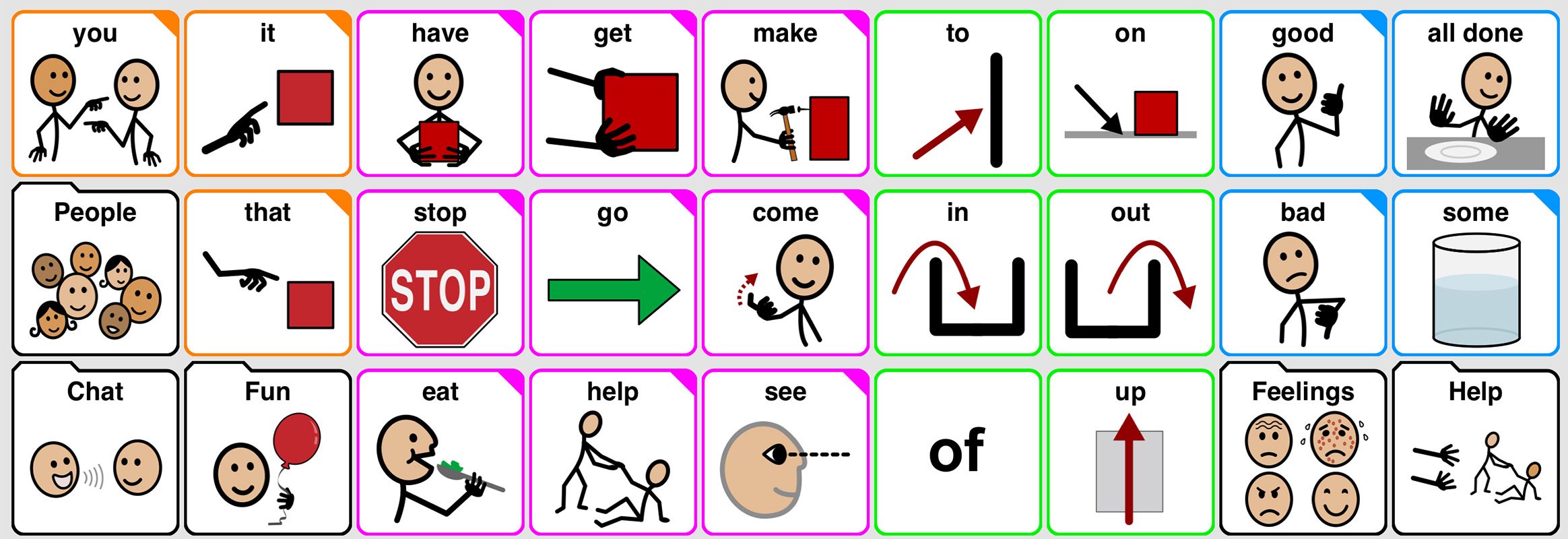

And you can combine neighbouring hues, such as a pink and a lavender purple, or even colours that sit further apart on the colour wheel.Īnother way to achieve some contrast is by pairing a neutral with a brighter colour, such as a medium grey with a brighter rose. Hue contrast can also be flattering on Light Summers. You can combine slightly different tints of one hue, such as a light blue with a medium blue, which have little value contrast between them. One way to achieve a delicate, yet brighter look is through monochromatic combinations. Therefore, the best colour combinations for your outfits are somewhat contrasting. This season’s colours are brighter than those of the other two Summer seasons, but its appearance is also delicate. Light Summer sits between colourful, vibrant Spring and gentle, muted Summer. Those are the combinations that repeat the contrast level that is naturally present in your appearance. But certain combinations will look much better than others. Technically, you can combine any of the colours on the Light Summer palette with each other. Whereas if you lean more towards True Summer, choose the lighter colours on the True Summer palette – such as Chardonnay, Pink-a-boo or Dutch Canal. If you lean more towards Light Spring, opt for the cooler shades on the Light Spring palette – such as Blue Topaz, Lavender or Provence. Depending on where you fall on the Light Summer spectrum, you can borrow some colours from your sister palettes since they are close enough to the Light Summer colour palette. The colours are neutral-cool like those of the third Summer season Soft Summer, but they are brighter and lighter.Īs sister palettes, Light Spring and True Summer both share Light Summer’s aspects of light and cool, respectively. Spring also lightens the colours a little compared to the other two Summer palettes. Spring’s effect on Light Summer is added warmth and brightness. In fact, they are surprisingly un-summery in their level of saturation – almost bright enough to rival Light and True Spring’s palettes.Ĭompared to Light Spring, the colours are cooler, gentler and slightly darker. It falls at the Spring end of the Summer palette, making the colours are lighter, brighter and warmer than those of True Summer.

Light Summer sits between Light Spring and True Summer on the seasonal flow chart.

But they don’t have the same intensity as Light Spring colours. The colours are, however, brighter and more saturated than those of the other two Summer seasons because of Spring’s influence on them. The colours are medium in chroma, meaning they are neither very muted nor extremely vibrant. Those are Winter’s icy lights, which are closer to white than the colours of Light Summer. However, the palette does not include the very lightest colours. There are no dark colours on the palette. Although you may find some medium shades, these are just supporting colours for the lighter tints. In line with Light Summer’s primary aspect, the colours are light. So even if you choose yellow (which is the warmest colour of all), you will find only cooler yellows that contain a tint of blue. That means they contain more blue than yellow undertones. The colours lean towards the cool end of the scale but are not very cool.


 0 kommentar(er)
0 kommentar(er)
